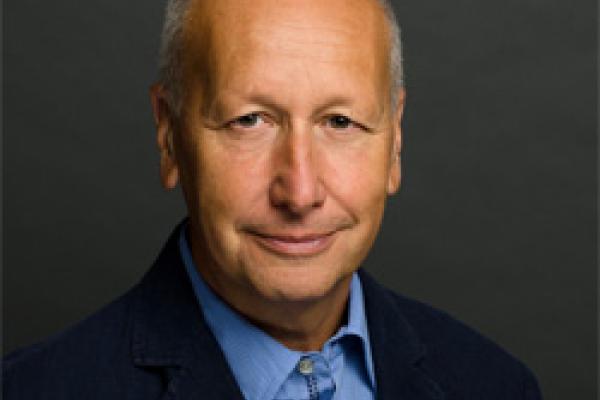
Title: Minimal Surfaces and Free Boundary Problems
Speaker: Luis Caffarelli, University of Texas at Austin
Abstract: In this talk I will address the connection between the regularity theory of minimal surfaces and the regularity theory of free boundary problems. We start with the existence of “weak solution” with very little regularity, and proceed to establish the smoothness of surfaces that minimize area and the surfaces where phase transition take place. We shall emphasize the common features of these two different problems.
